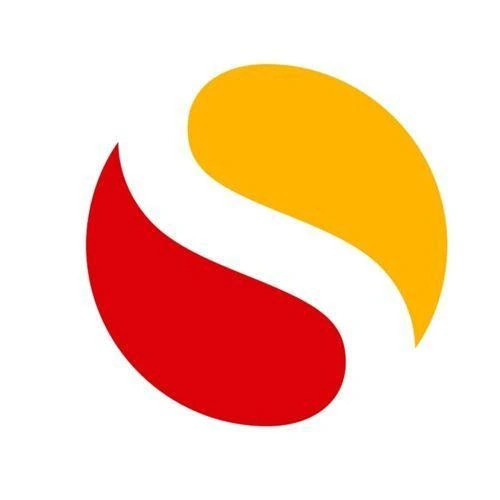|| 3D Printing Course in Dahod
The 3D Printing Training Course at BIT Dahod is a comprehensive and hands-on program crafted to provide learners with an in-depth understanding of the evolving landscape of additive manufacturing. This course serves as a gateway for students, hobbyists, engineers, and professionals to explore the future of fabrication, where ideas can be transformed into physical prototypes with unmatched speed and flexibility. With a strong focus on innovation and practicality, the training offers detailed insights into the end-to-end process of 3D printing—from concept development and digital design to material selection, slicing, and actual fabrication—preparing participants for real-world applications in fields such as product design, engineering, medical technology, automotive, and consumer goods.
At the heart of the course lies a deep dive into the core principles of 3D printing, beginning with an overview of different 3D printing technologies including FDM, SLA, and DLP, and their respective advantages, use-cases, and limitations. Learners are introduced to the workflow of additive manufacturing, starting with 3D modeling using tools like Fusion 360 or AutoCAD, followed by preparing files with slicing software, and finally operating 3D printers to bring digital designs to life. The course emphasizes design for additive manufacturing (DfAM), ensuring that students grasp how to optimize geometry and structure specifically for 3D printing techniques, rather than traditional manufacturing constraints.
Through practical sessions, participants experiment with a range of materials—from biodegradable PLA and tough ABS to flexible filaments and resin—gaining an understanding of which materials suit which functions, and how environmental conditions and design intent influence material selection. Students also learn the importance of print bed leveling, temperature control, support generation, and post-processing techniques such as cleaning, curing, and finishing prints for functional or aesthetic use. A significant part of the training is dedicated to troubleshooting common printing issues like warping, layer shifting, and under-extrusion, helping students build confidence and autonomy in handling 3D printing tasks independently.
What makes the BIT Dahod course distinctive is its real-world orientation. Learners are encouraged to work on live projects, create customized prototypes, and explore industry case studies that highlight how 3D printing is revolutionizing manufacturing and design processes across sectors. The curriculum is infused with discussions on rapid prototyping, cost-efficiency, and low-volume production, enabling participants to think like innovators and problem-solvers. The course also explores the role of 3D printing in sustainability and its potential in local, decentralized manufacturing ecosystems.
By the conclusion of the 3D Printing Training Course at BIT Dahod, participants will have mastered both the theoretical concepts and practical execution of 3D printing technologies. Equipped with valuable design, technical, and problem-solving skills, graduates will be ready to apply additive manufacturing in academic, industrial, or entrepreneurial ventures, making them future-ready in a world increasingly shaped by digital fabrication and innovation.



 4.8 (21,636) reviews
4.8 (21,636) reviews


 Read more
Read more 
